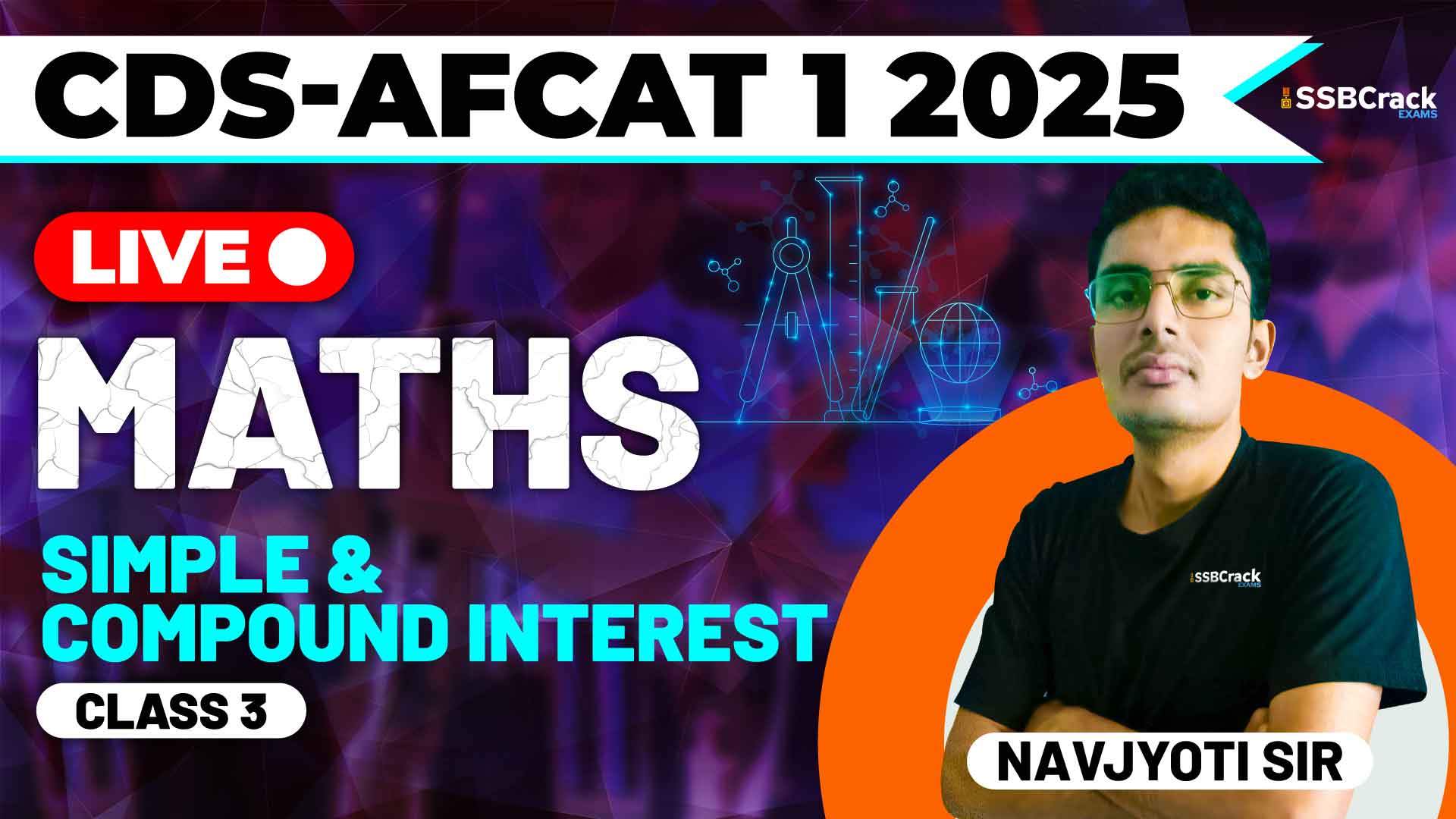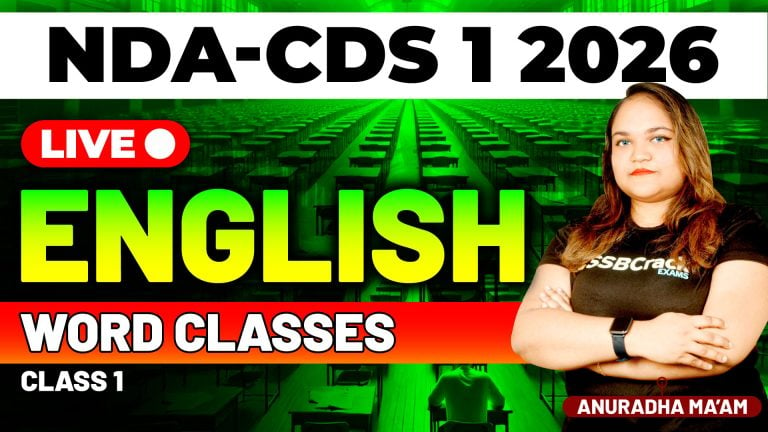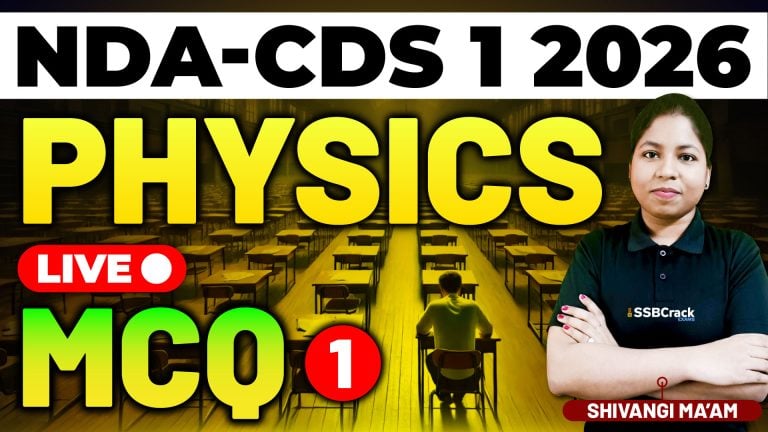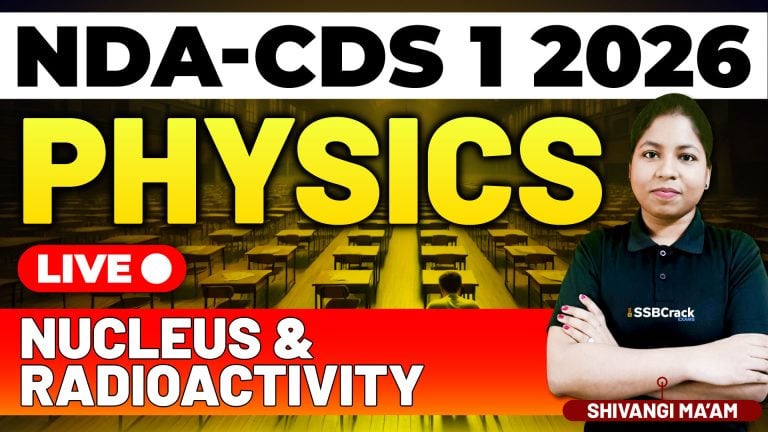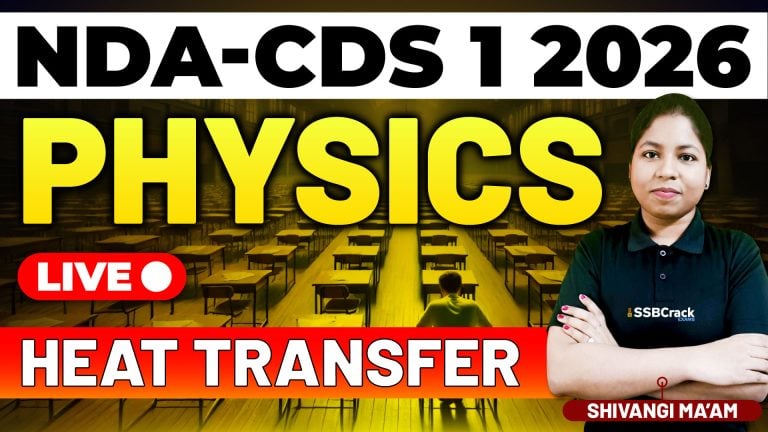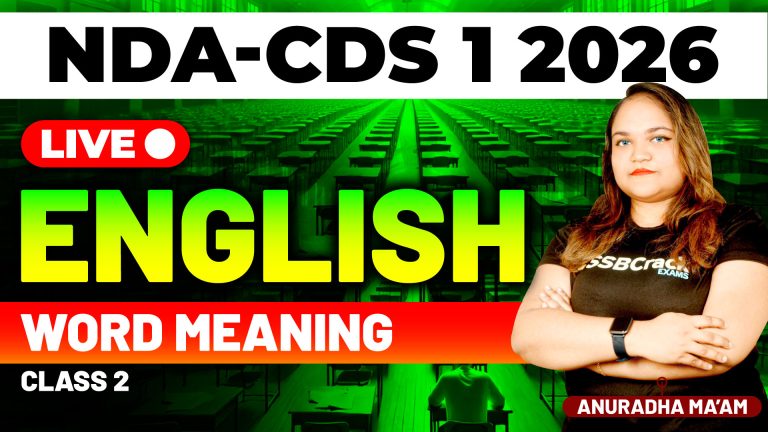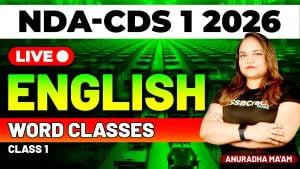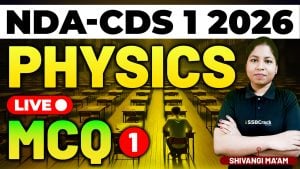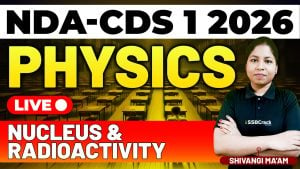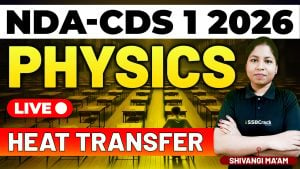In competitive exams like the Combined Defence Services (CDS) and Air Force Common Admission Test (AFCAT), mathematics is a key section, and one of the important topics that often appears is Simple Interest (SI) and Compound Interest (CI). A recent class focused on discussing multiple-choice questions (MCQs) from previous years as well as expected questions related to Simple and Compound Interest. This article will cover the key insights from the class and offer strategies to help candidates prepare effectively for this section in both exams.
Key Concepts of Simple and Compound Interest
1. Simple Interest (SI):
Simple Interest is calculated on the original principal amount over a specific time period. It remains constant over time and is typically easier to compute. Many CDS and AFCAT exam questions on SI require candidates to either calculate the interest or find missing variables such as the principal, rate of interest, or time period, when the other values are given.
In the class, MCQs focused on these basic applications of SI, where quick and accurate calculations are essential. Candidates were encouraged to approach these questions systematically by identifying what is known and what needs to be calculated.
2. Compound Interest (CI):
Compound Interest, on the other hand, is calculated on both the principal and the accumulated interest from previous periods. It grows at a faster rate than Simple Interest. Questions on Compound Interest in the exams often involve calculating the interest for different compounding periods, such as annually, semi-annually, or quarterly.
The class discussion emphasized understanding how Compound Interest is compounded over time. MCQs were analyzed where interest was compounded annually, half-yearly, or quarterly, and students were asked to identify how compounding frequency impacts the total interest earned.
3. Difference Between SI and CI:
One popular question type in these exams asks candidates to calculate the difference between Simple Interest and Compound Interest over a certain time period, often two or three years. The class discussed how the gap between SI and CI widens over time due to the compounding effect in CI.
Students were advised to carefully read questions asking for this difference, as it often appears in exam papers. Practicing such MCQs helps reinforce the understanding of how interest grows differently in these two methods.
MCQs Discussed in the Class
In the class, various MCQs from previous CDS and AFCAT exams were discussed, highlighting common question patterns and tricks that examiners use to challenge candidates. Here are some typical types of questions that were analyzed:
1. Direct Calculation of SI or CI:
These questions are straightforward and involve finding the Simple or Compound Interest based on given values of principal, rate, and time. The key to solving these questions is speed and accuracy. Candidates should be able to quickly identify the required variables and use logical reasoning to arrive at the correct answer.
2. Missing Variables:
In some MCQs, candidates are given certain variables (e.g., interest, time, and rate) and asked to find the missing one, such as the principal or the rate of interest. These questions require a strong conceptual understanding of the relationships between the variables involved in SI and CI.
3. Installments in Compound Interest:
An advanced question type involves installment payments, where the total amount borrowed or lent is paid back in regular installments. The class covered how Compound Interest applies to each installment and how candidates should approach calculating such problems.
4. Time Period Adjustments:
Another common variation in exam questions involves changing the compounding period, such as switching from annual to half-yearly or quarterly compounding. Students learned how to adjust the interest rate and time period accordingly to ensure accurate results. These questions are slightly more complex, as they test both theoretical understanding and the ability to manipulate given data.
Strategies for Preparing Simple and Compound Interest for CDS and AFCAT Exams
Mastering SI and CI is crucial for success in the mathematics sections of CDS and AFCAT exams. Here are the strategies discussed in the class that can help candidates approach these questions effectively:
1. Understand the Basic Concepts First:
Before attempting complex problems, ensure that you thoroughly understand the basic concepts of principal, interest, rate, and time. Knowing how these variables interact in both SI and CI problems is the first step in solving any related MCQs.
2. Practice Different Question Formats:
To succeed in these exams, practice a variety of question formats, including direct interest calculations, missing variable problems, and installment-based questions. This will help build confidence and allow you to identify patterns in exam questions. Prioritize practicing from previous year papers as they offer insight into frequently asked questions.
3. Focus on the Differences Between SI and CI:
The difference between SI and CI is a common exam topic, especially for questions spanning two or more years. Practice calculating this difference to avoid confusion during the exam. Pay attention to how the compounding effect changes the final amount in CI compared to SI.
4. Learn Time-Saving Tricks:
Time management is crucial in competitive exams, and solving SI and CI problems quickly is a must. Learn shortcuts and tricks that simplify interest calculations, such as mentally adjusting for half-yearly or quarterly compounding periods. Speed and accuracy are key, so practice these techniques regularly.
5. Solve Previous Year Papers and Mock Tests:
Working on past exam papers will help you become familiar with the types of questions typically asked in the CDS and AFCAT exams. It also helps you identify any weak areas that need more practice. Mock tests are another effective way to simulate exam conditions, helping you improve your time management and question-solving strategies.
6. Revise Frequently:
Constant revision is essential to keep formulas and concepts fresh in your mind. While it’s important to understand the logic behind each formula, regularly revisiting the formulas and their applications will help you during the exam. Create quick reference notes for yourself to make revision easier.
7. Work on Accuracy and Precision:
Careless mistakes in interest calculations can cost you valuable marks. During practice, double-check your work to ensure accuracy. Pay special attention to details such as whether the question involves SI or CI, whether compounding is half-yearly or quarterly, and any time period adjustments.
Conclusion
Simple Interest and Compound Interest are key topics in the mathematics sections of the CDS and AFCAT exams. While they may seem straightforward, these topics require a solid understanding of the underlying concepts, quick calculation techniques, and the ability to handle variations in question types. The recent class focused on these aspects, with discussions centered on solving MCQs from previous year papers and anticipated questions.
By mastering the fundamental concepts, practicing different question formats, and applying effective strategies for time management and accuracy, candidates can significantly improve their performance in this section of the exam. Remember, practice is key, and with consistent effort, tackling SI and CI questions can become one of your strengths in the exam.
Good luck with your preparations!
